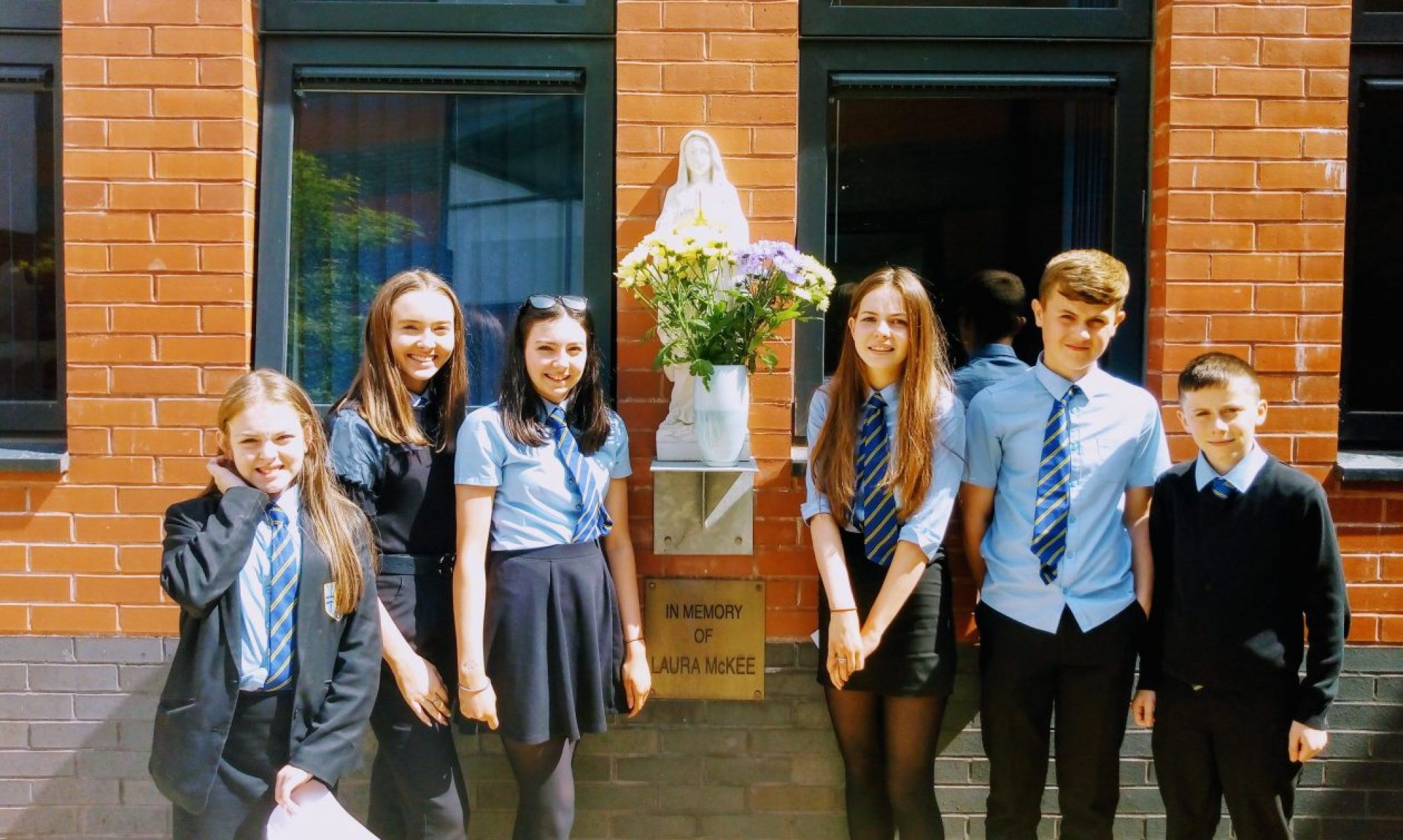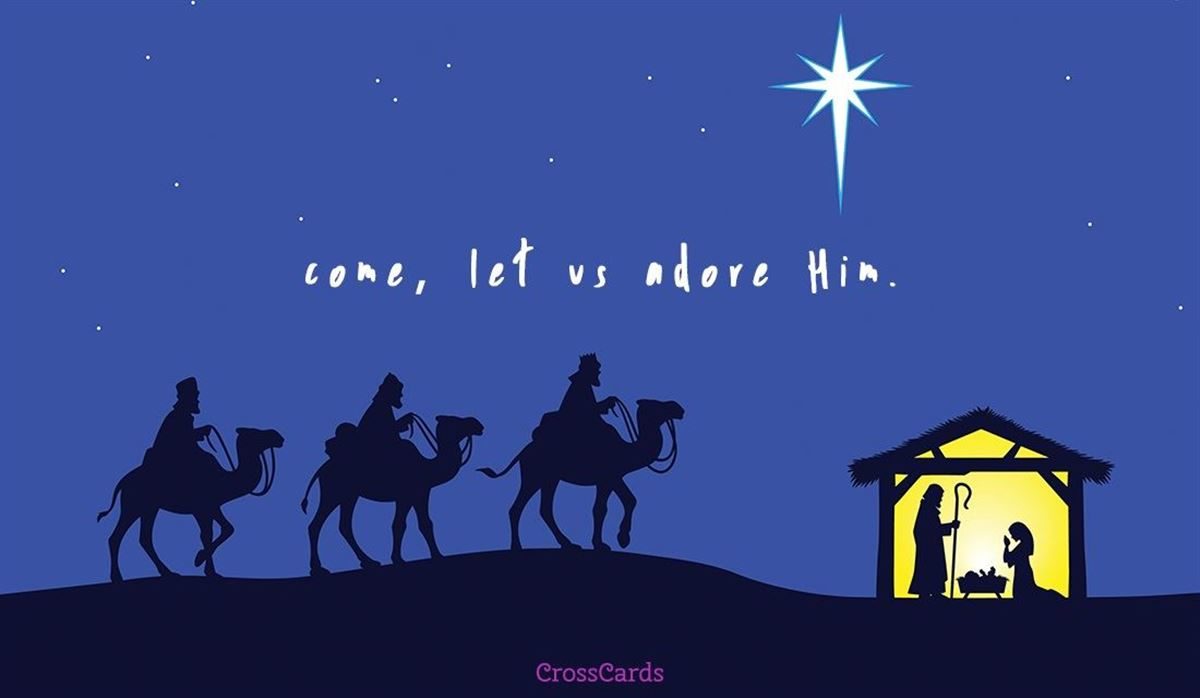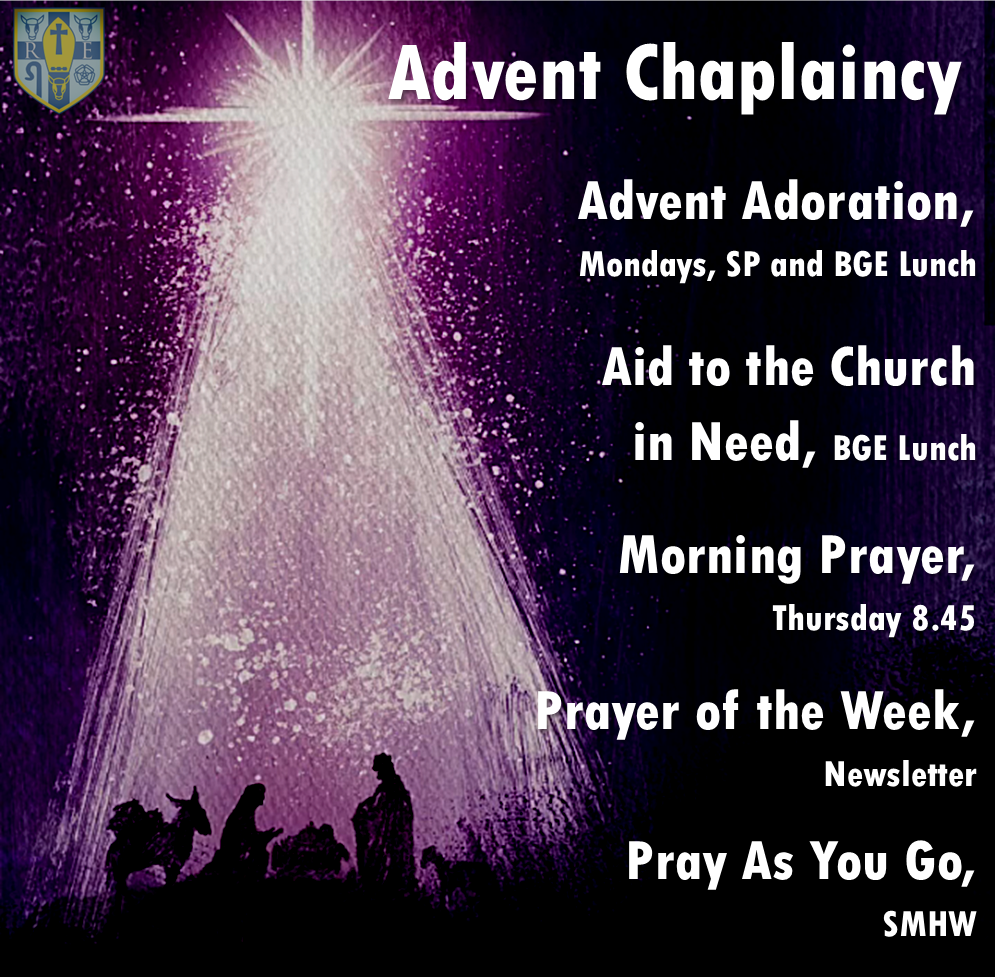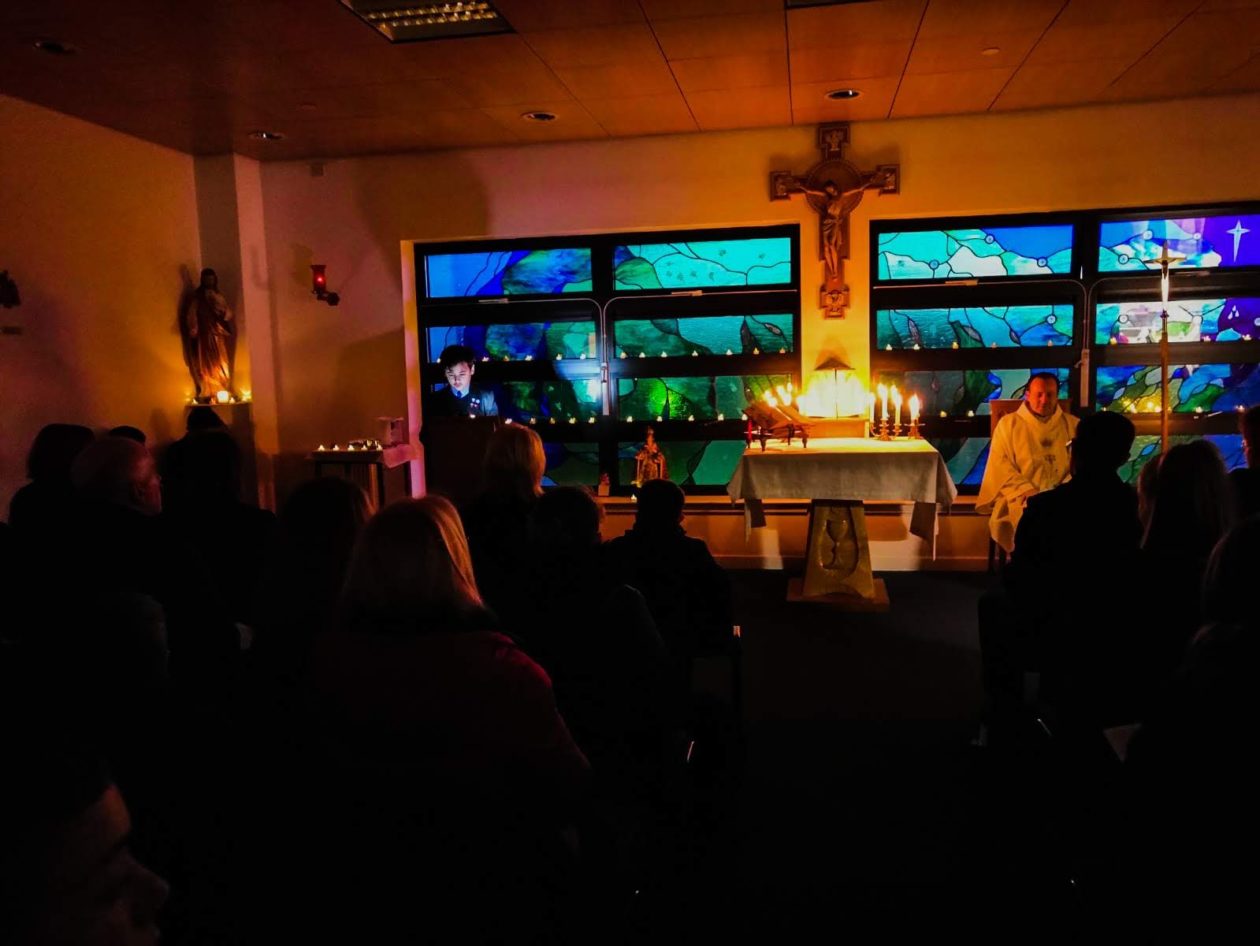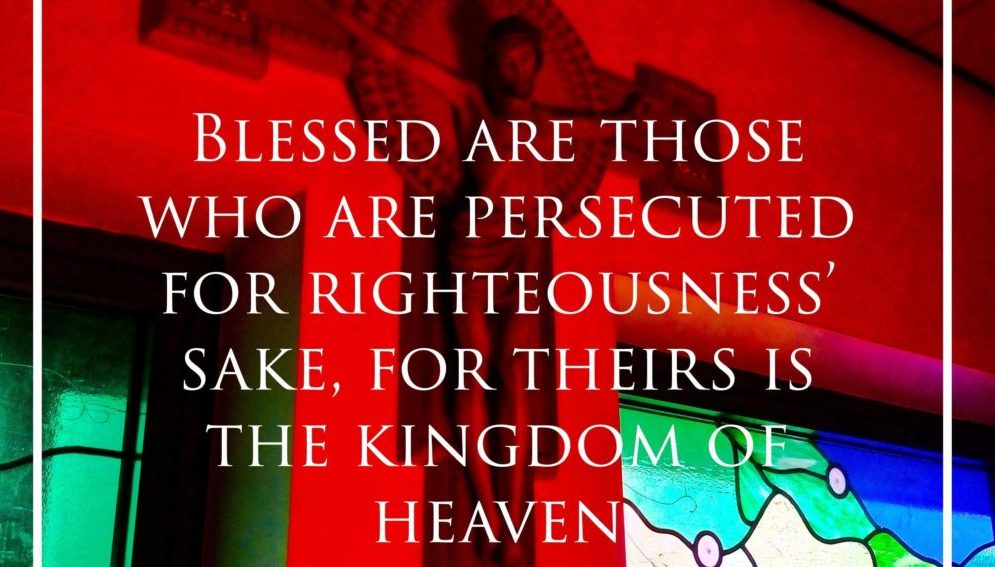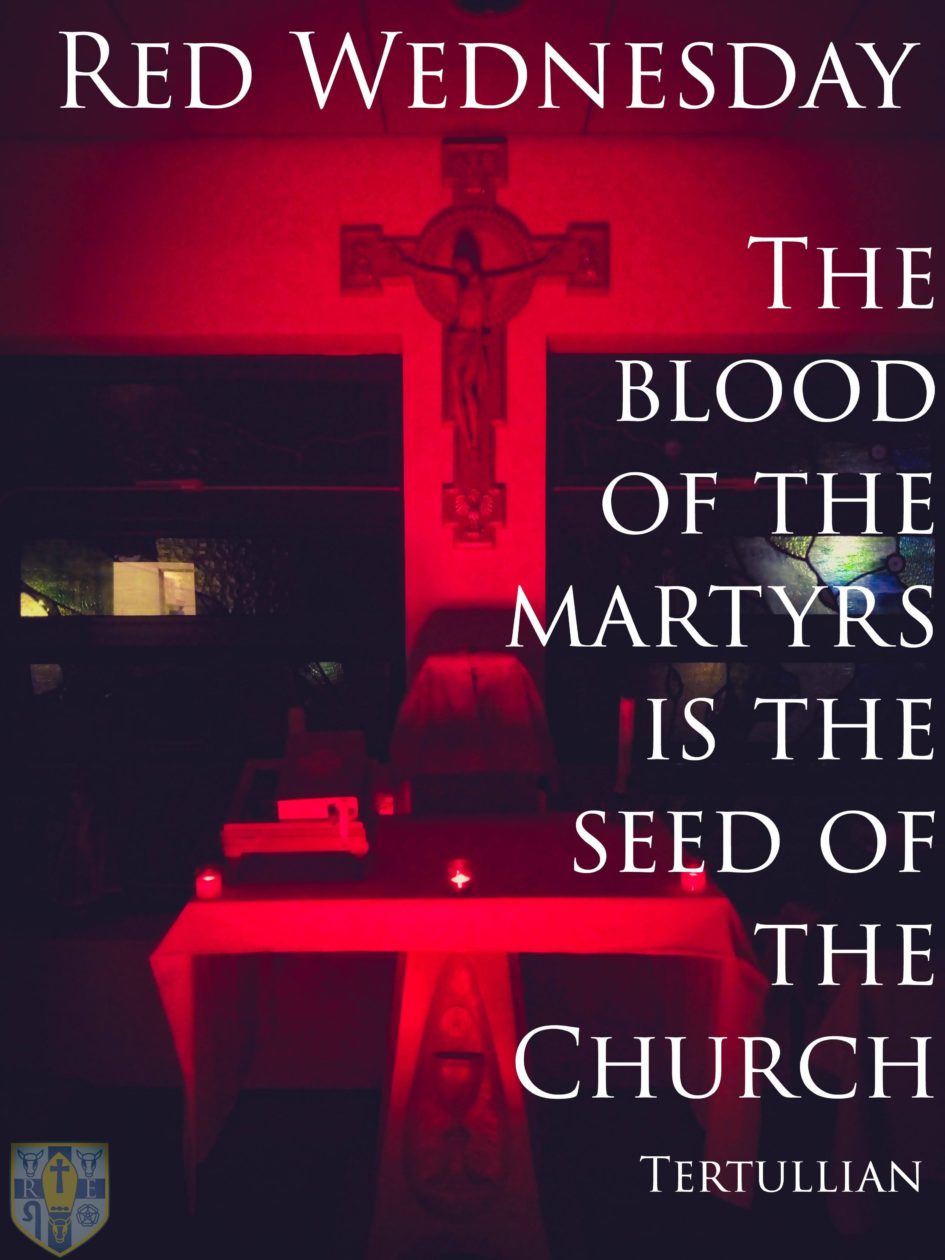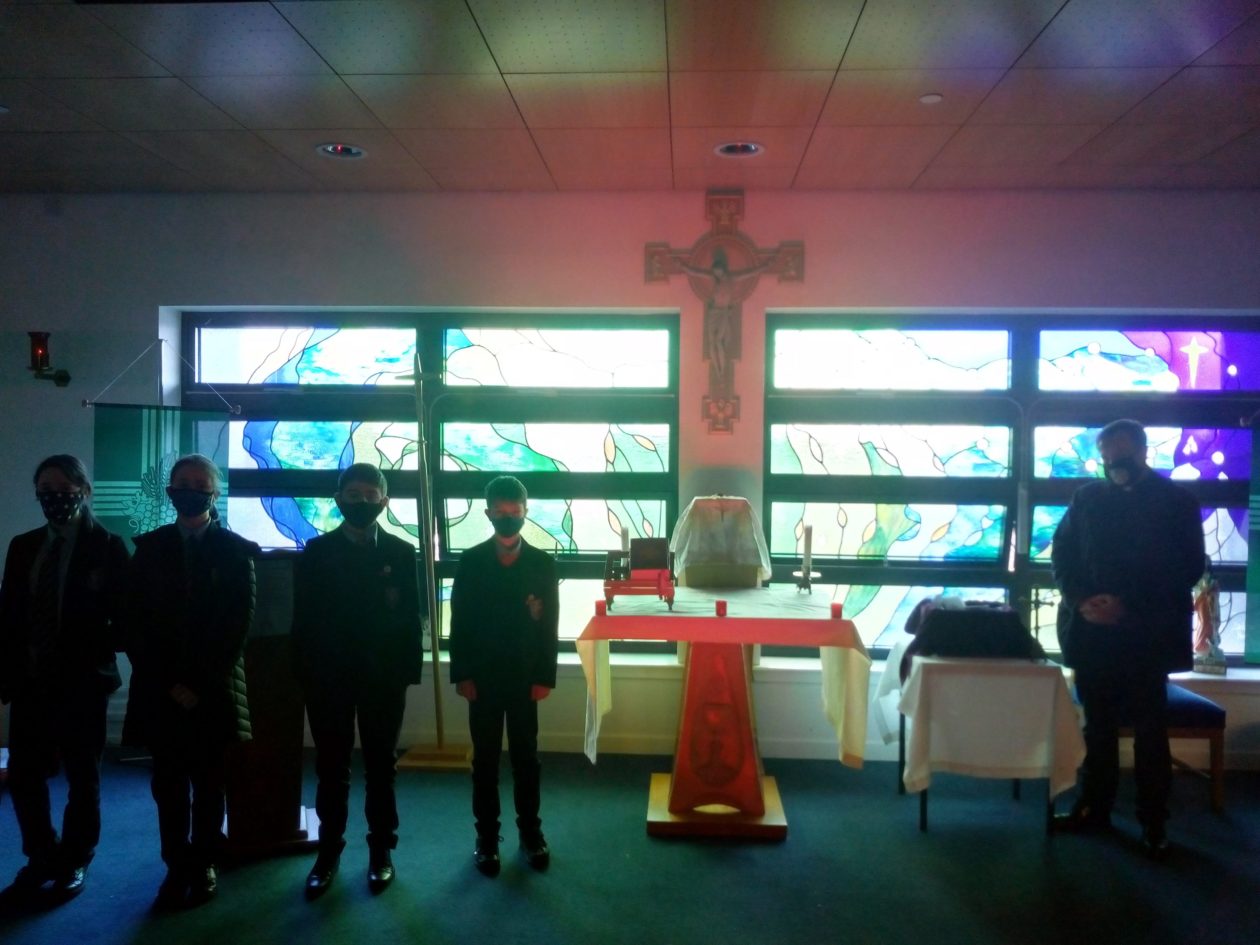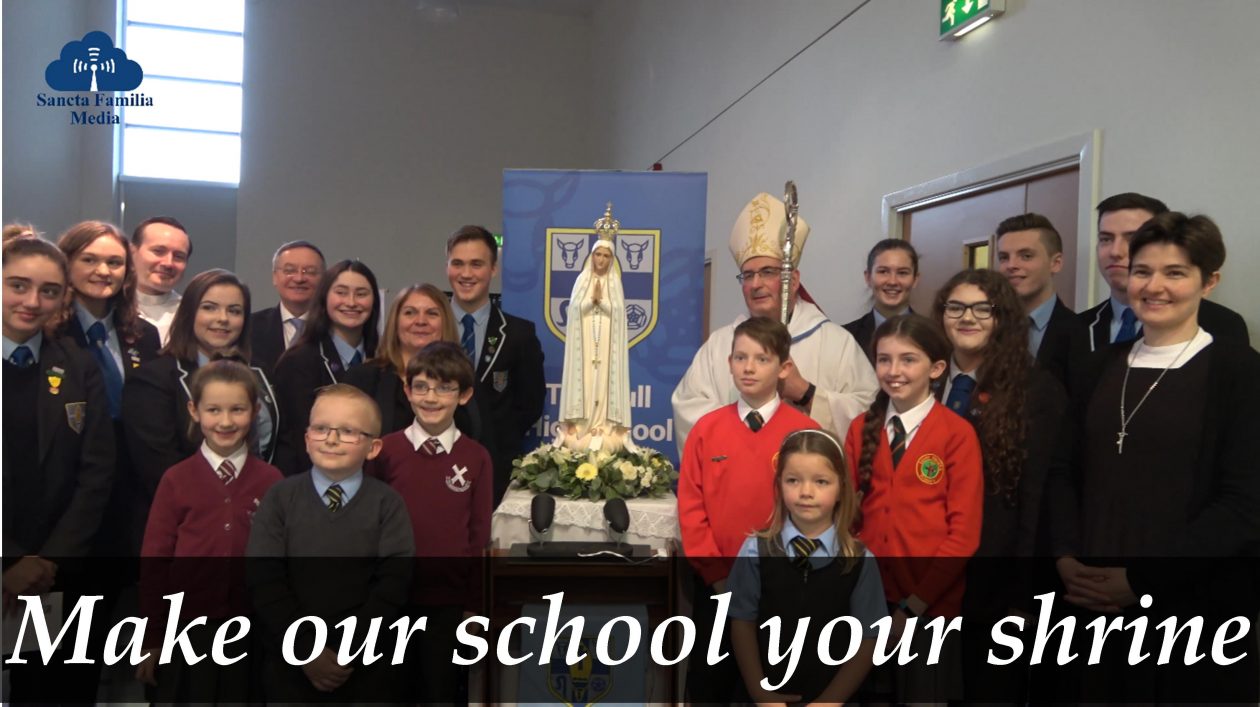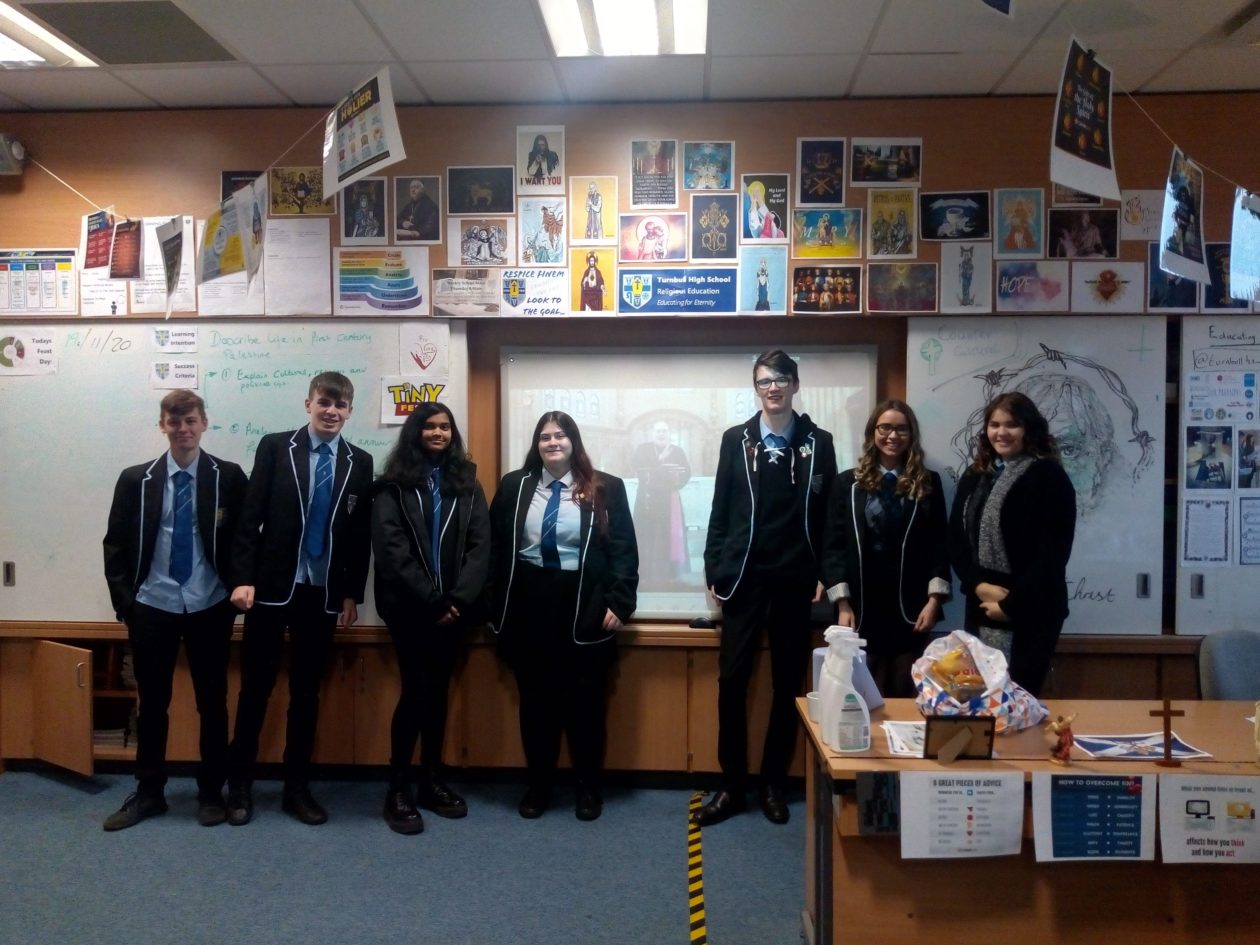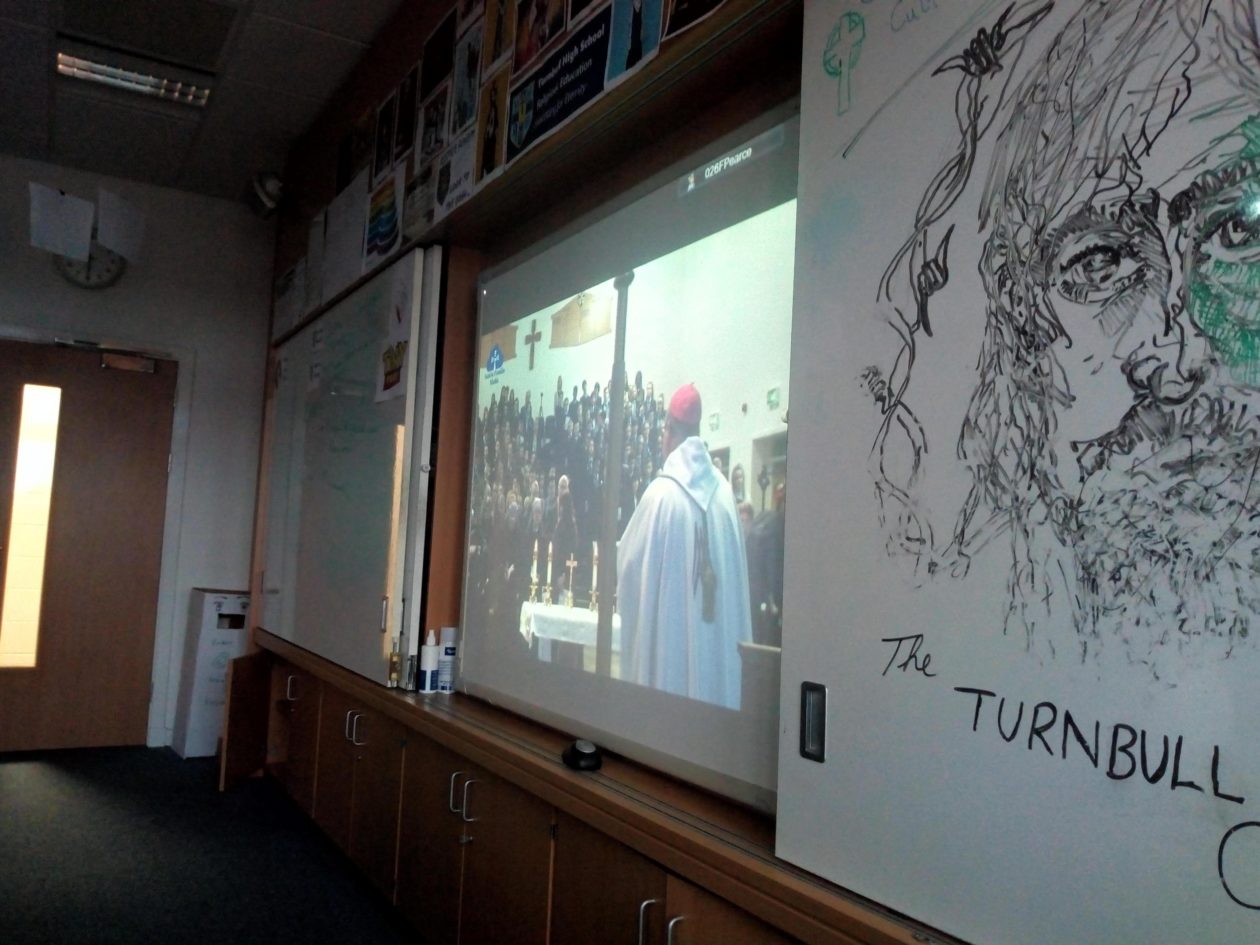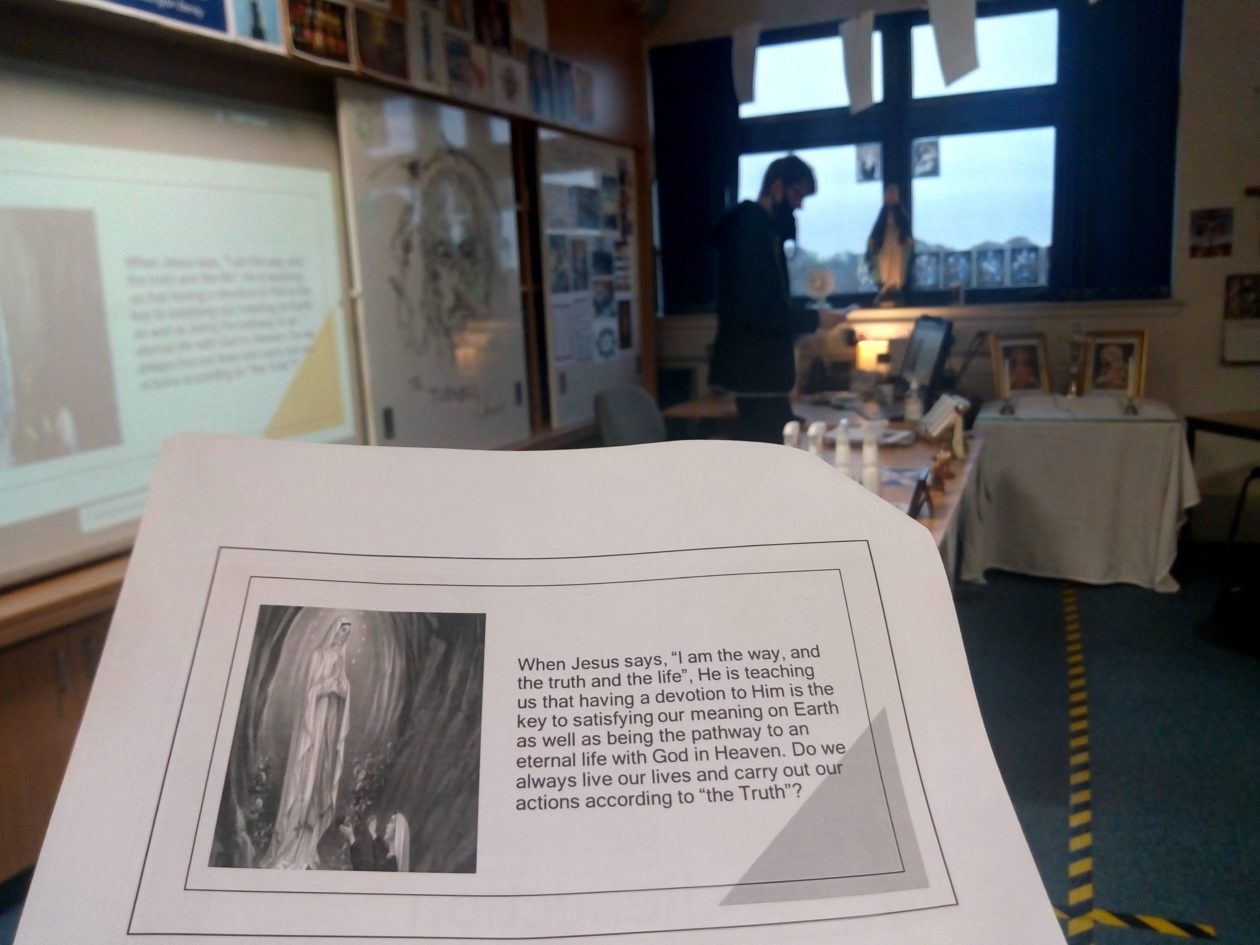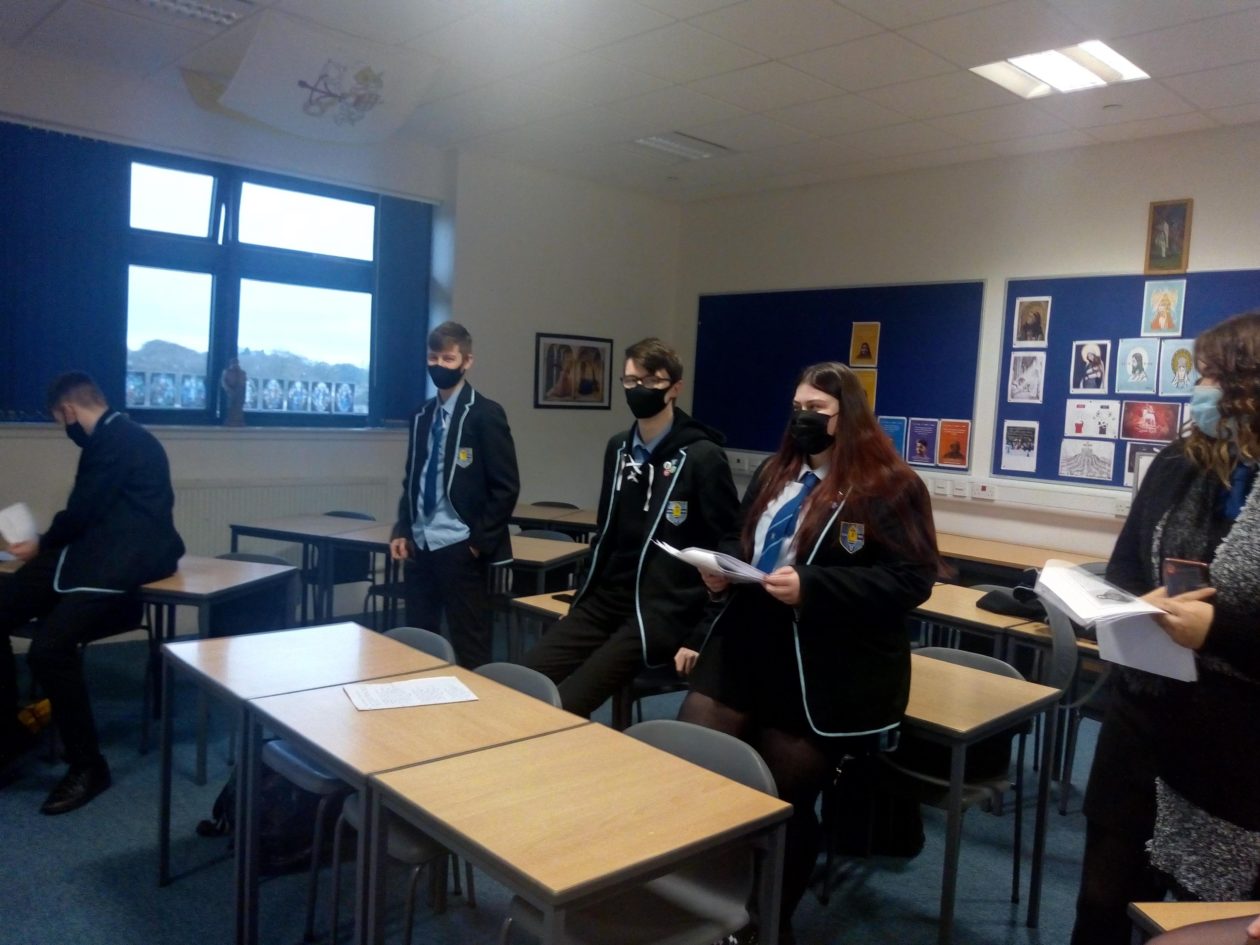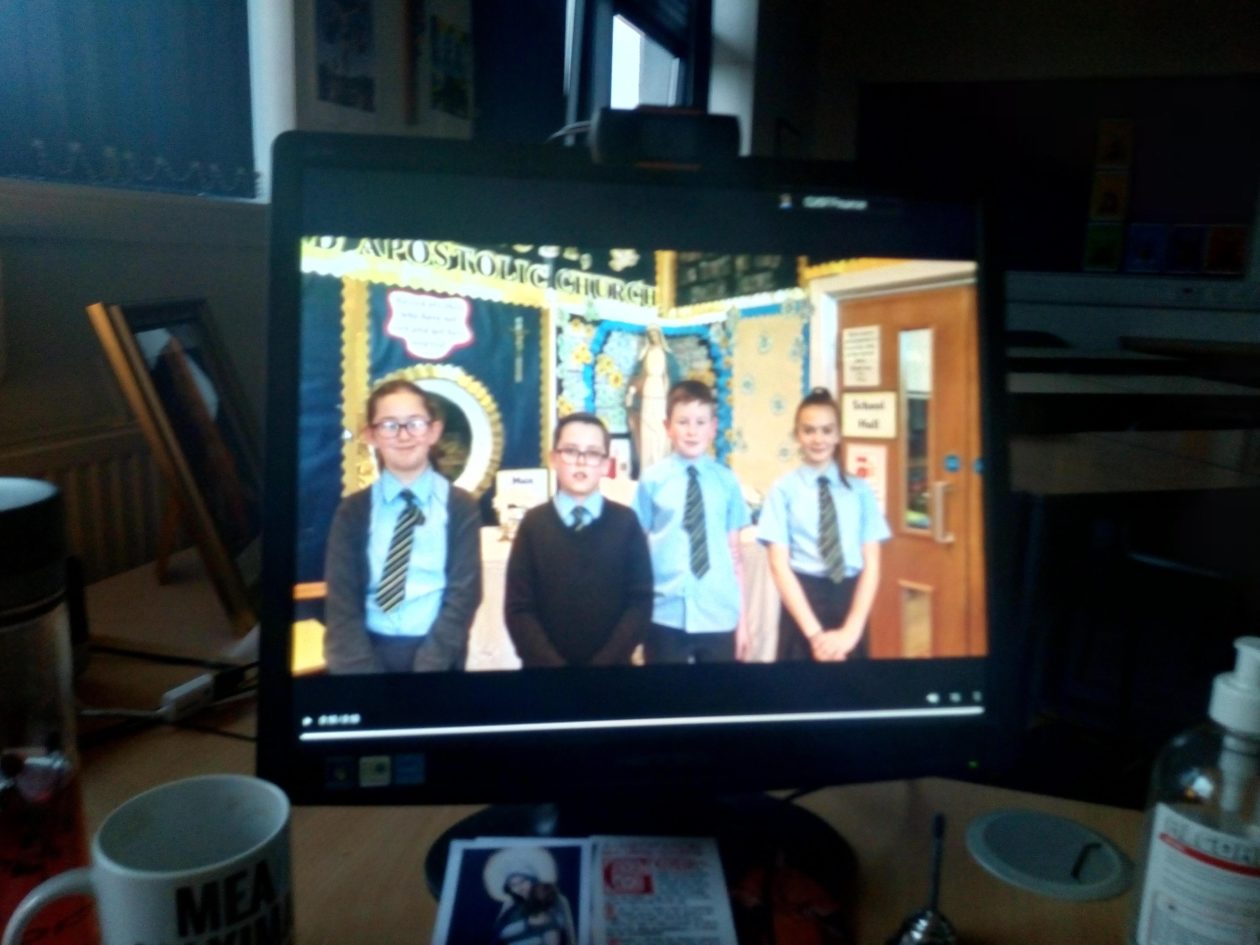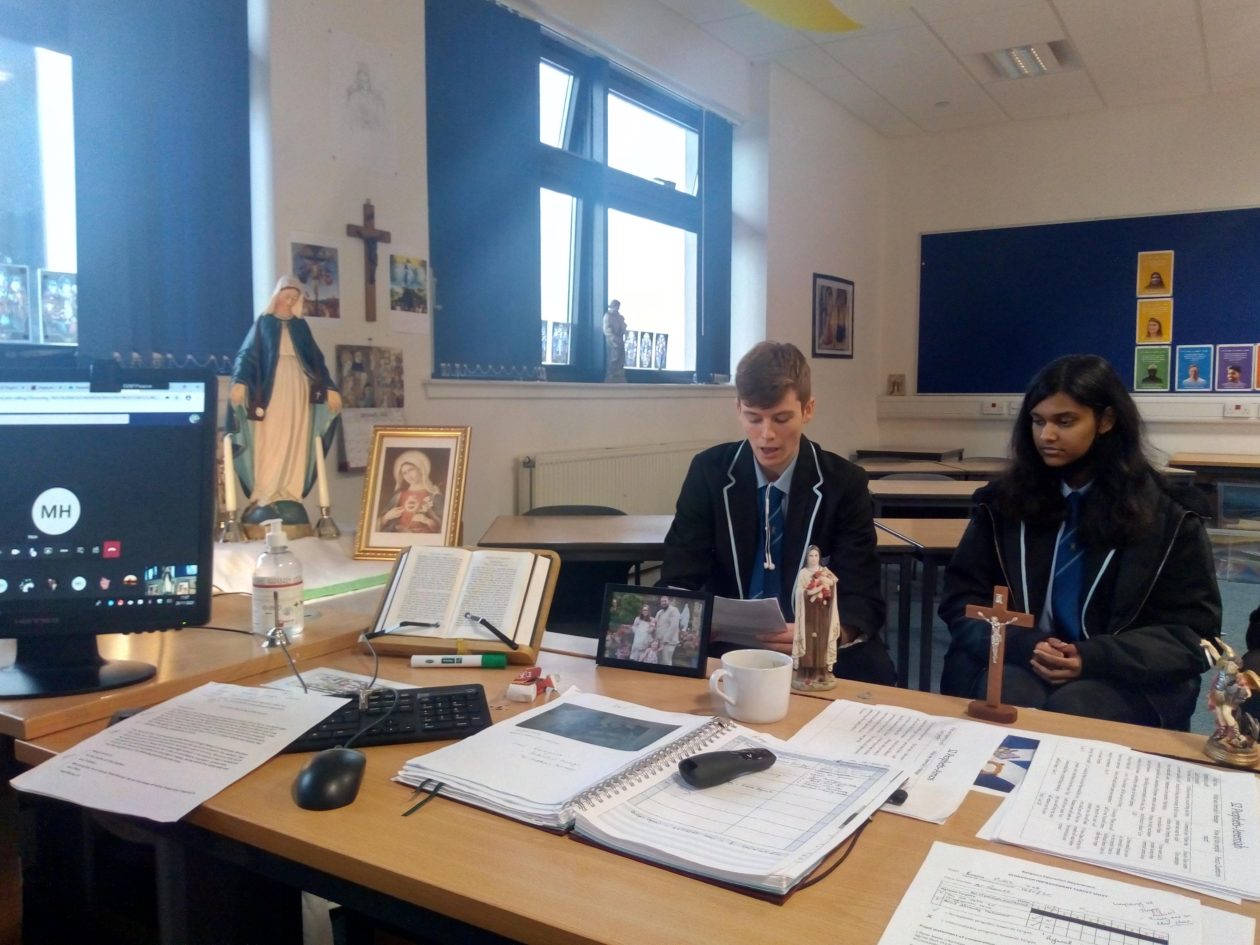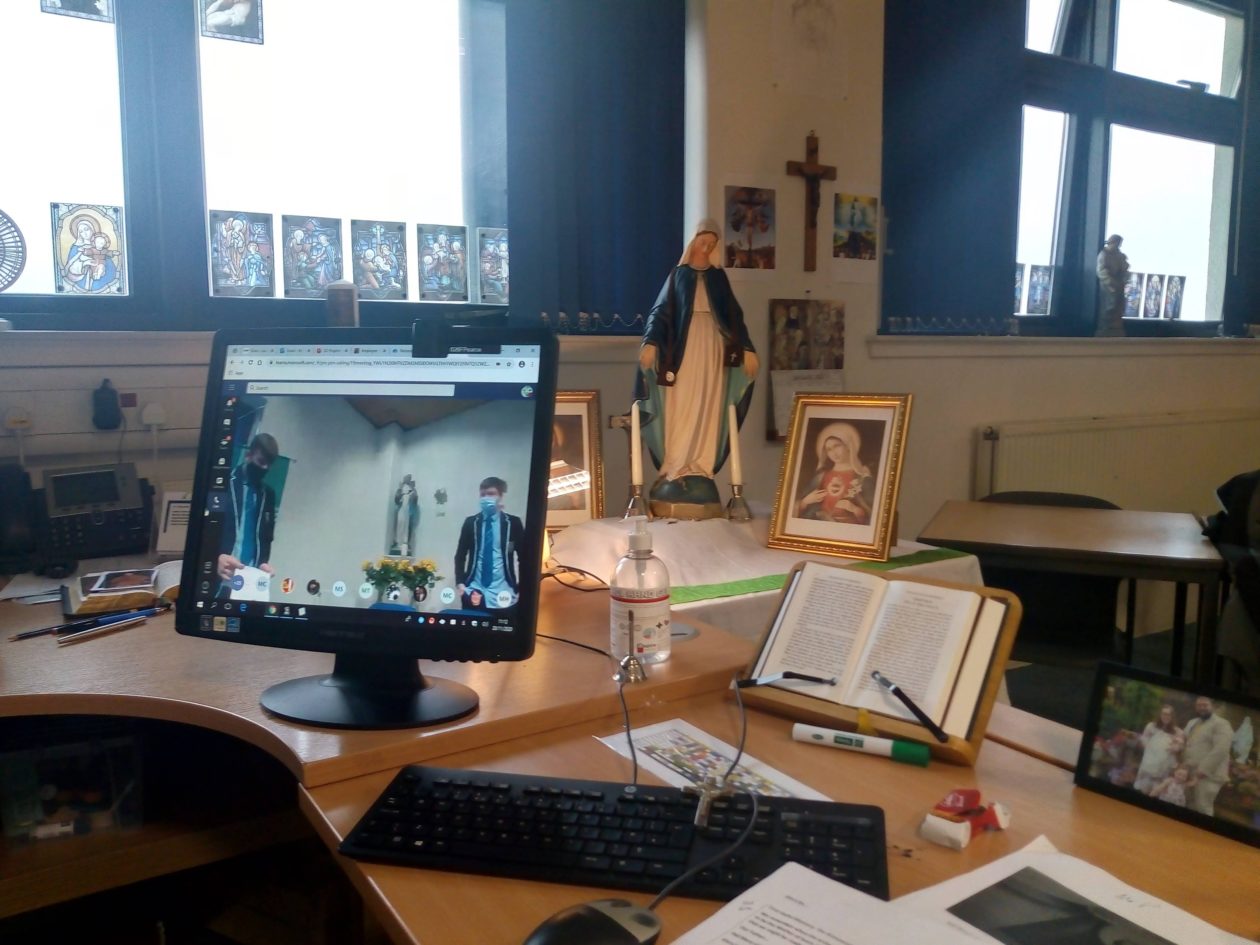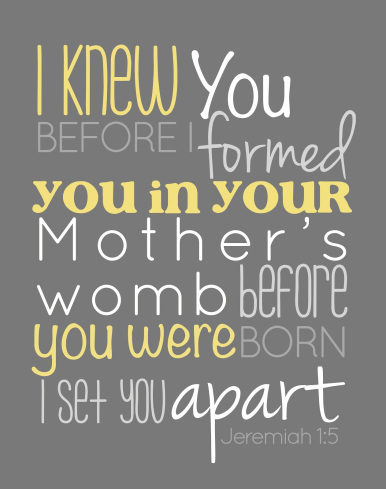Listen to this blog post here- Lent 2021 Blog Post
My first thought on Lent 2021 is that lockdown 1 started during Lent 2020! It’s crazy to think that a year has gone by. 
Over the centuries, Catholics have not only celebrated the faith in the Church and through the Liturgy. This is the high point of our prayer- the Mass is the ‘source and summit’ of the Christian life. Catholics, however, have also celebrated the faith in the home with prayers, recipes and parties! I have noticed even more of this spirit even among my non-Catholic neighbours this year.
Window decorations for significant days show that the religious instinct to celebrate what is important is still within us, even if we have not yet made it to the fullness of truth in the Catholic faith. Maybe this is also because, during times of trial, we all need to keep our spirits up!
Given all that we have gone through, we could fall into the trap of seeing Lent as a tedious trial that we just don’t need at the moment. Who is going to voluntarily do something difficult when so much else is going on?!
Let’s take a brief look at why this view would be missing the point and why Lent can be a time of refreshment and positivity!
Penance
During Lent we do penance. Penance is when we make satisfaction for our sins. When we go to confession we make a resolution to turn away from sin and turn back to God (Repentance) and our Penance makes this desire visible and puts it into practice.
From the beginning, when Adam and Eve disobeyed God, sin has messed up our relationship with God, creation and others. So the Church gives us the antidote to each problem-
Prayer- Prayer reconnects us to God who is the source of love and peace. During Lent we make a special effort to take up some additional prayer, even something really small, and we become rooted in the one who made us, loved us, died and rose again for us. (If you don’t pray much, how about a Hail Mary when you get up and when you go to bed? It’s a start 🙂 ) 
Fasting-Fasting disconnects us from our unhealthy attachment to material/created things. What are the things that I turn to instead of God? What are the things that take up so much time and attention that I neglect my duties or my family?
Almsgiving (Giving)– Giving to others teaches us to love our neighbour even when it costs us. We all like to help people who help us, but this can be a bit selfish. What about showing love to those who may not give anything in return. You could give to charity, give money, give your time…Pray about it and see what God sends your way.
In conclusion, Lent provides us with an opportunity to disconnect from the things that give us a short term happiness and reconnect to God who is our ultimate joy.
In RE, young people will be learning about the significance of 40 days in the Bible- always a period of purification, turning to God and getting rid of the baggage that weighs us down.
Someone who is getting fit has a goal and they use their will power to turn away from unhealthy food and turn towards exercise, we have the goal of realising our spiritual potential- holiness, sainthood. Penance isn’t a negative thing, it is just like getting fit but for our soul.
At the end of our 40 days of purification and conversion we will be ready to contemplate the passion, death and resurrection of Jesus who emptied himself for love of us and calls us to love him in return.
Lent Resources
Ash Wednesday Service for use at home
Resources for prayer and growing in the faith
